My group (Kaitlyn and Johann) and I had a meeting to get to know Anna, an art therapist, who specialised in working with elderly in Singapore – in particular, those who suffered from Dementia.
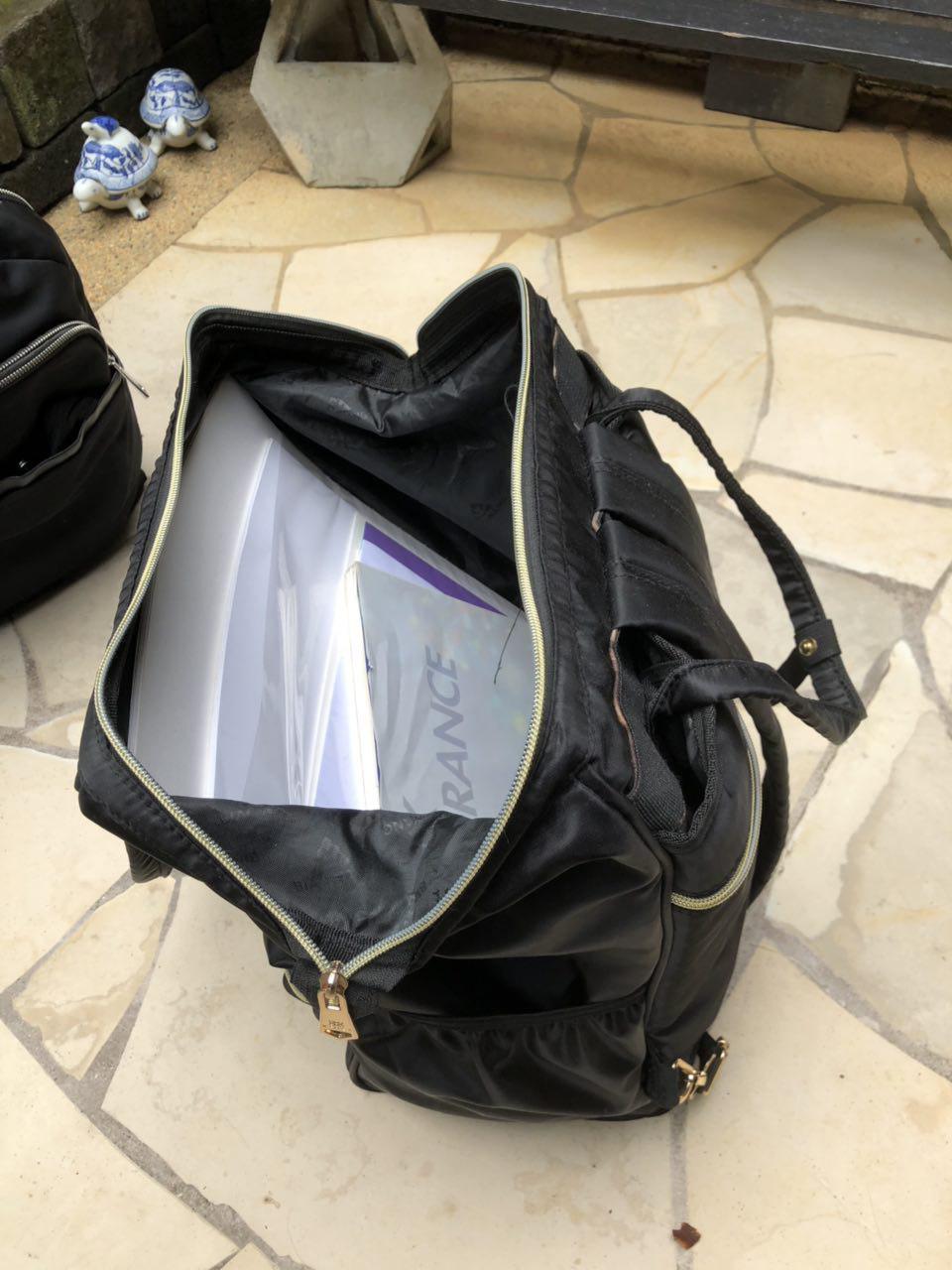
Big and spacious to hold a variety of material. 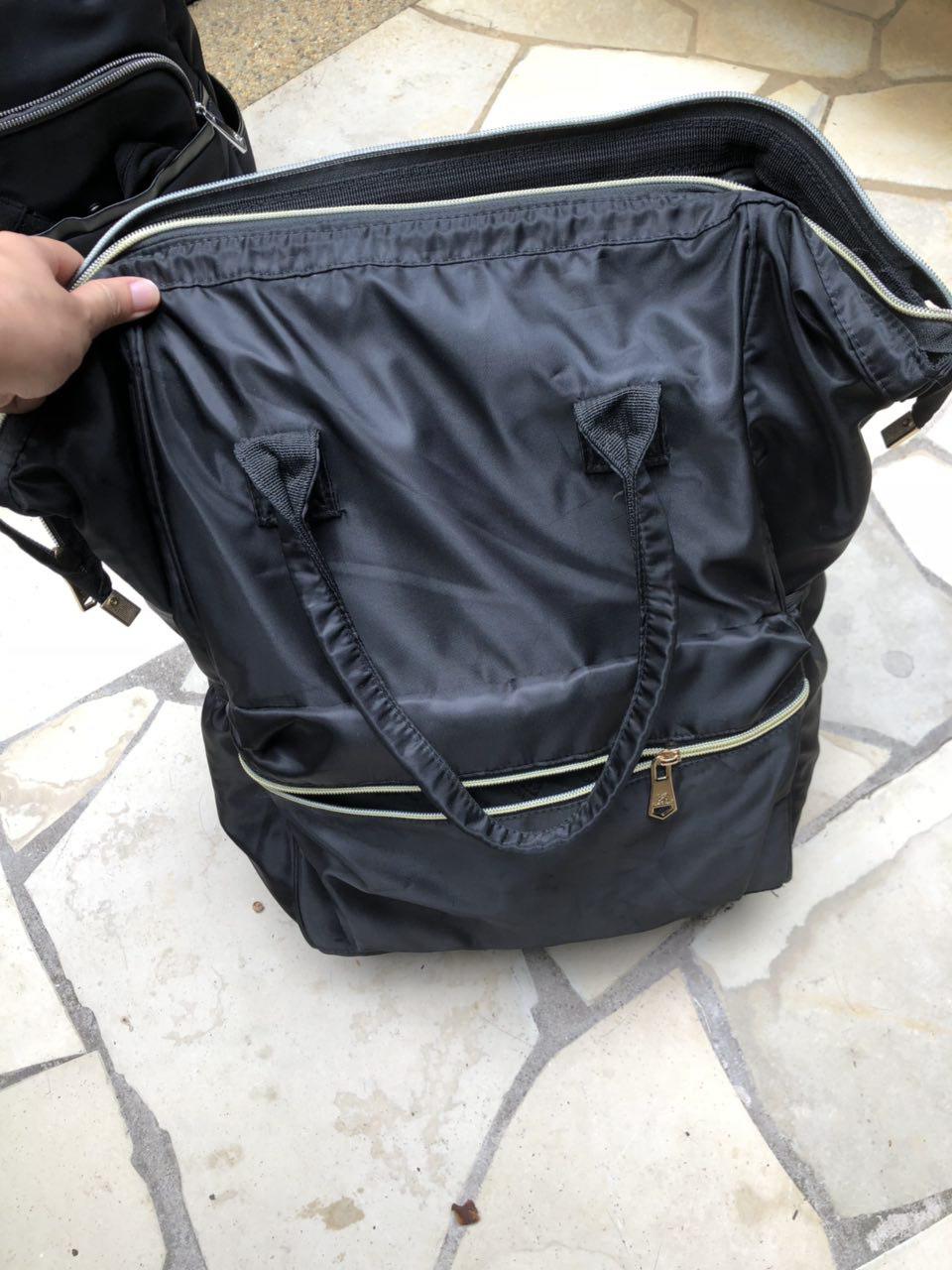
Bag to carry around. 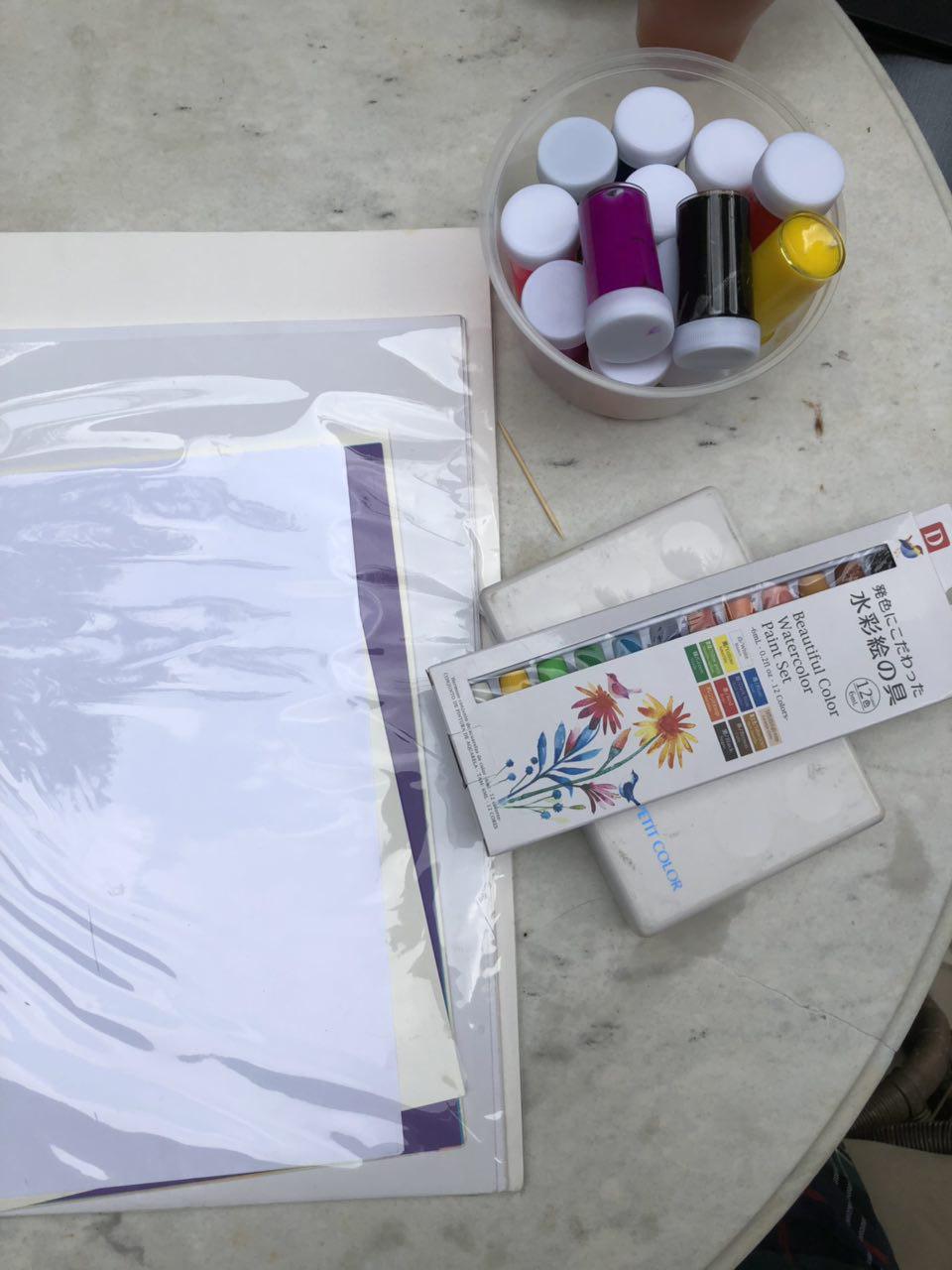
Stack of paper, oil pastels, and paint. 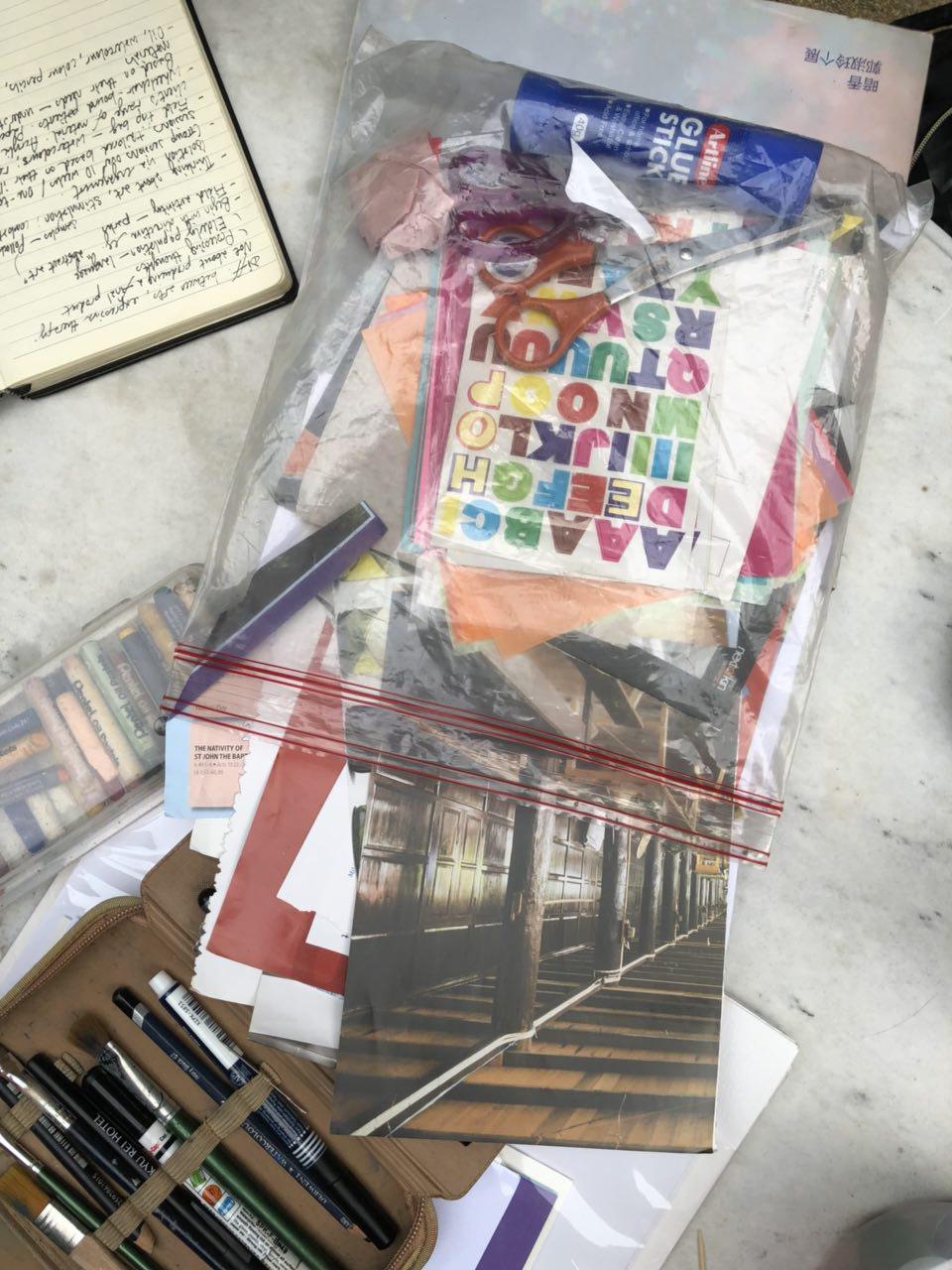
Collage materials – including magazine and booklet cut outs, scissors and glue. 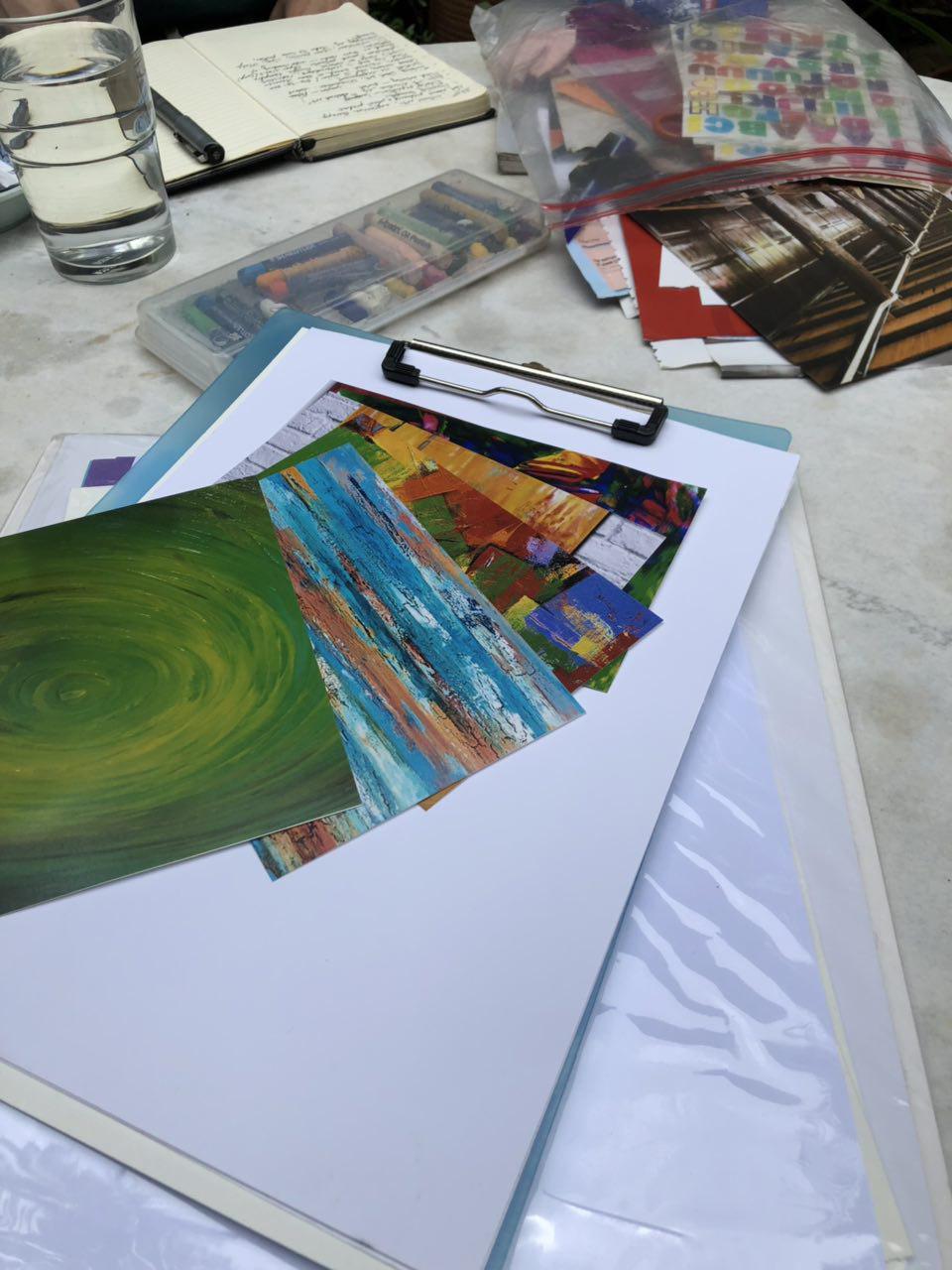
Clipboard for support so that client can draw without the need for a table; as well as reference images to inspire client. 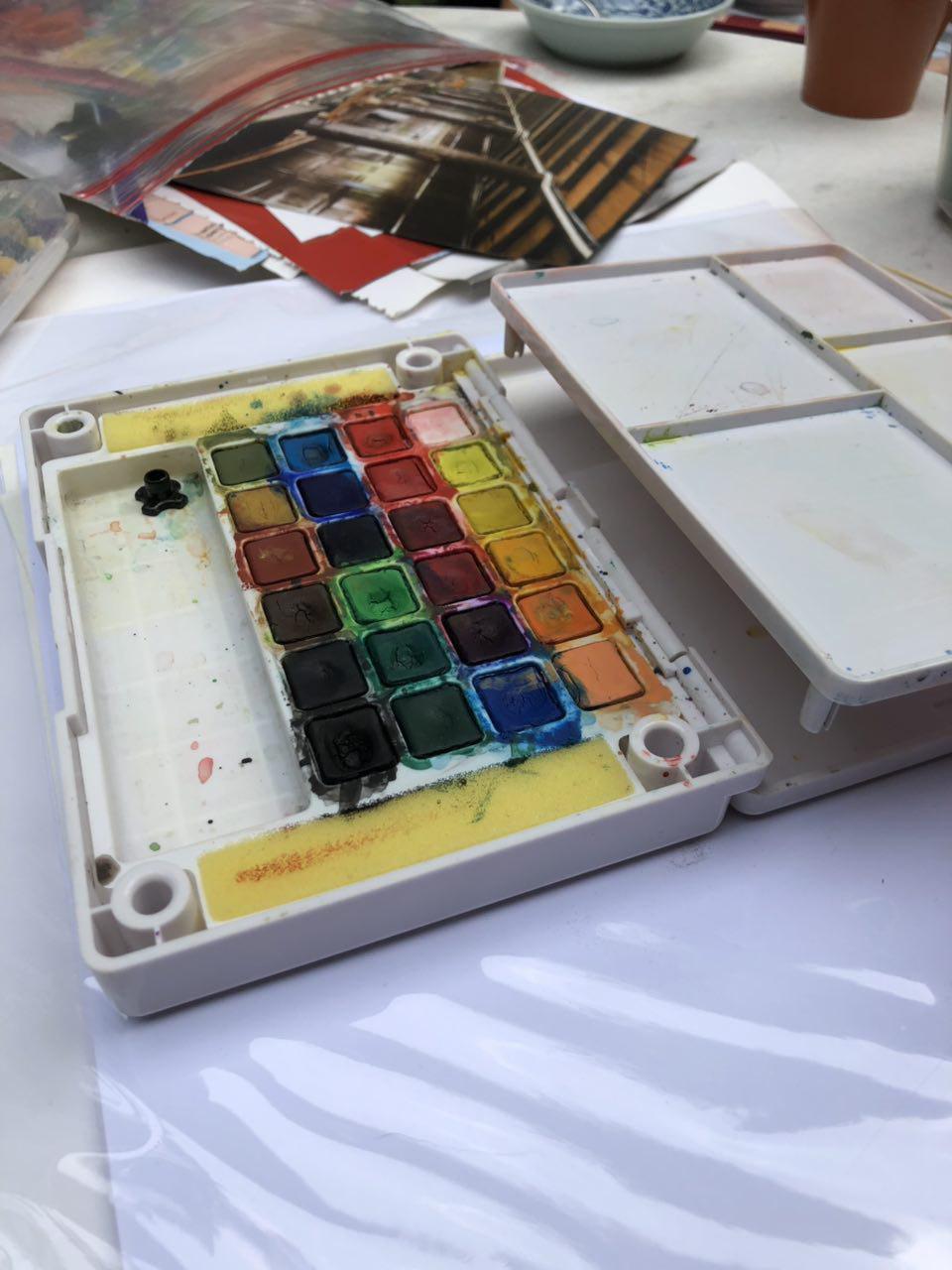
Watercolor palette that comes with a removable and standing palette. 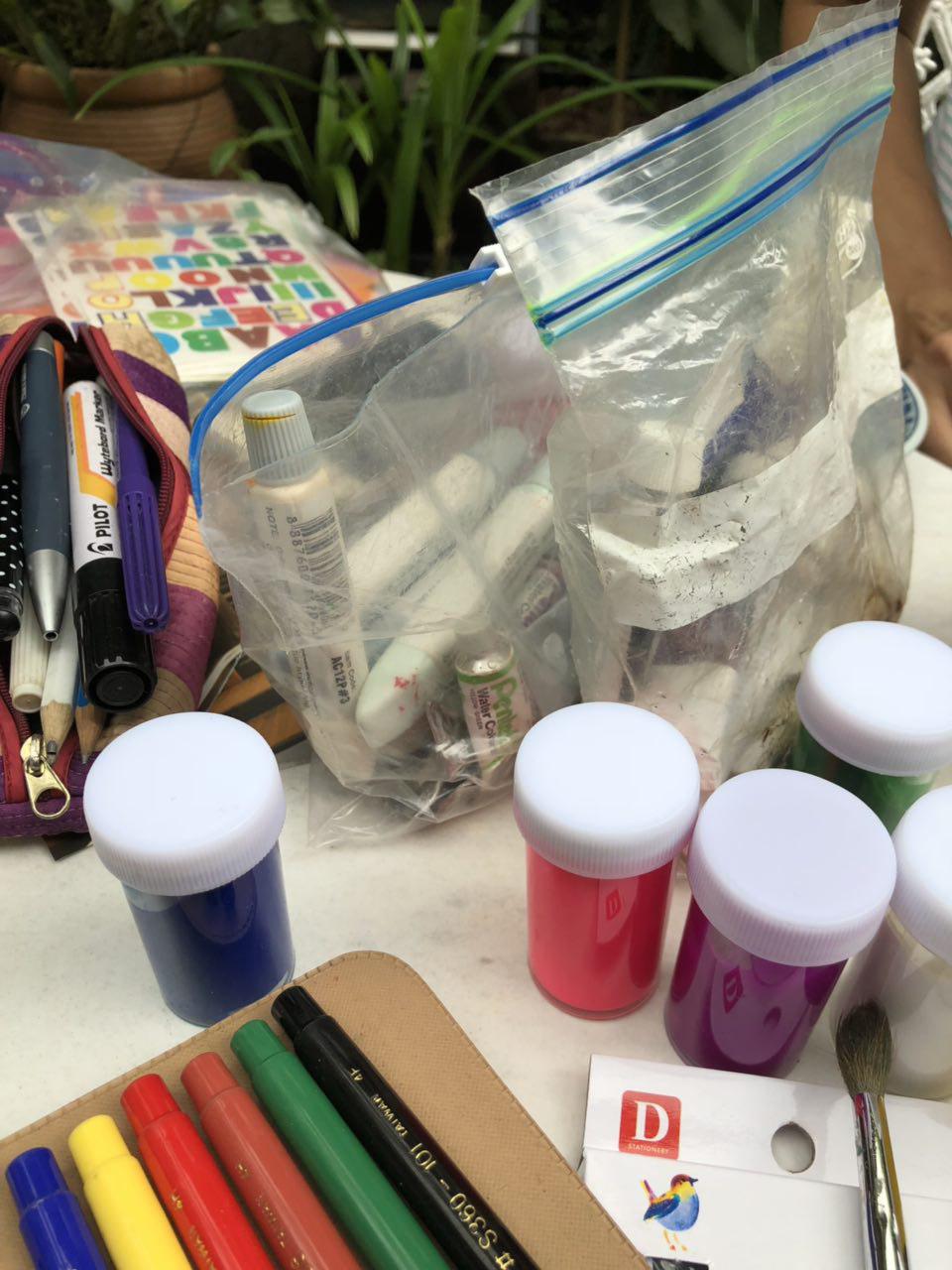
Assortment of paints – watercolor, acrylics, etc. 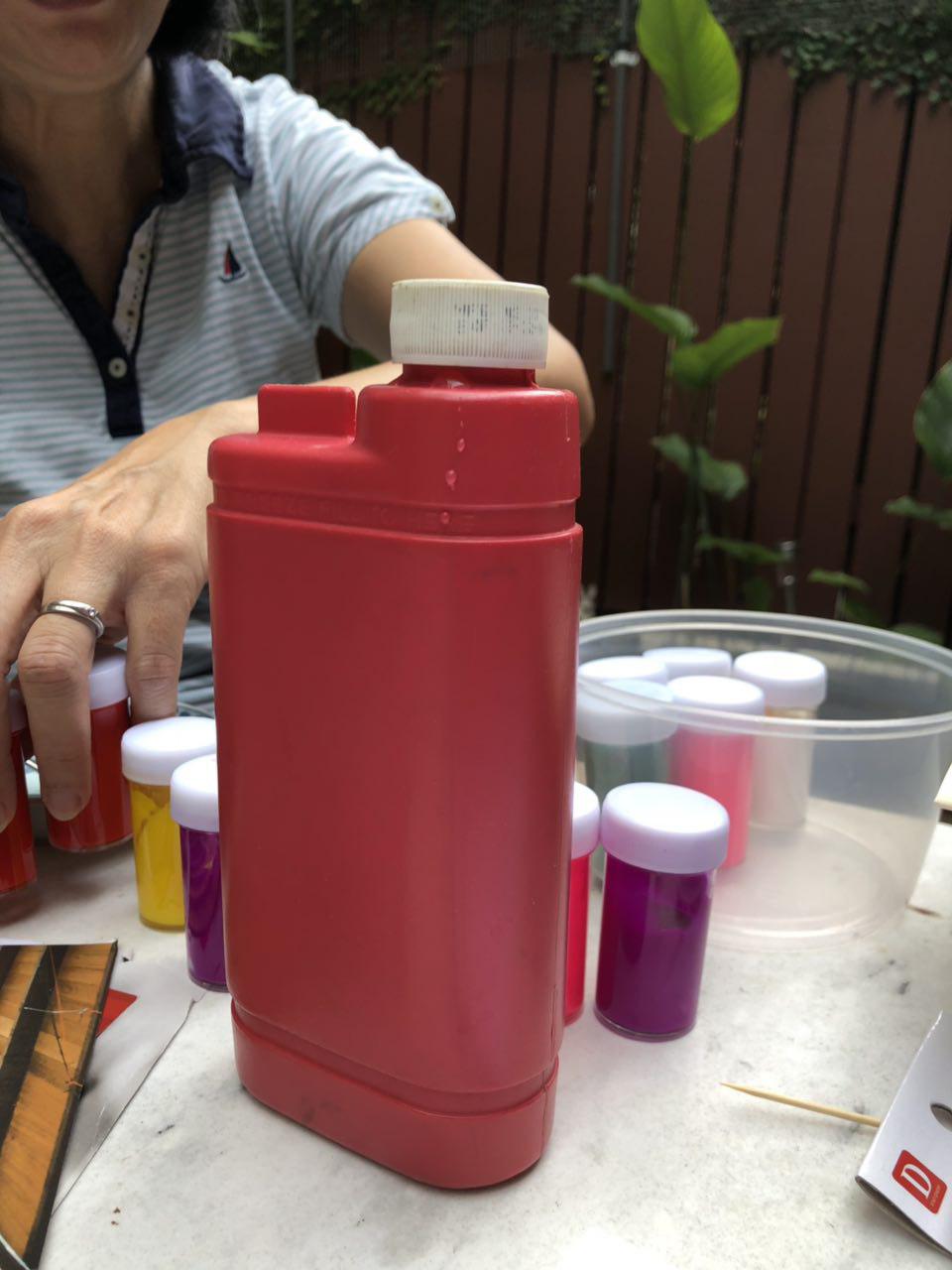
Water bottle brought around to pour out water when using watercolors. 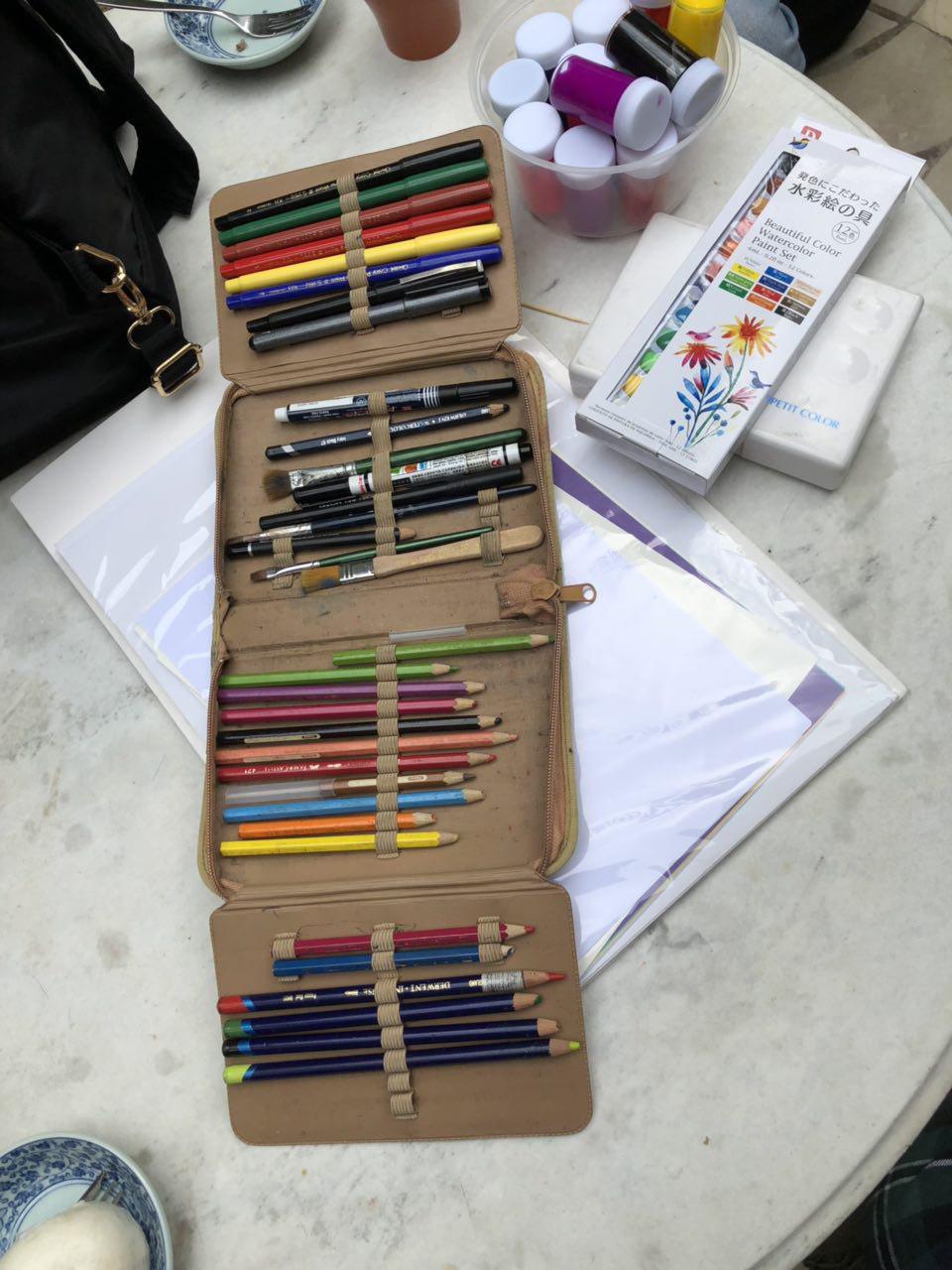
Foldable Pencil case with an assortment of markers, pencils, color pencils, pens and brushes.
Tools:
– Bag for carrying all the necessary materials for a session
She mentioned that she had previously experimented with carrying around a trolley bag but found that a backpack was much better to navigate with since she would also have to push her client around in a wheelchair.
– Different types and sizes of Paper
– Assortment of paints, markers, color pencils, pencils, pens, oil pastels, etc.
– Water bottle to hold water (and plastic container to pour into)
– Reference materials (such as prints and an art book); to inspire client or provide examples as to what they can draw if they are ‘stuck’ on an idea.
– Collage materials; in case the client does not wish to paint or draw, collage is an easy and accessible medium to create art.
Anna mentioned that it was crucial to bring many options for her clients to work with. If there were not enough options for materials, it would possibly cause clients to feel restricted: an emotion they usually already struggle with in their daily lives. It was also interesting to note that if a client was very insistent on a particular type of medium, Anna would then try to understand why this was so – if it had any meaning, and help the client to process their needs and feelings.
Worksite:
Anna has a variety of worksites that she works in – as she is a freelance Art Therapist. Firstly, there are fixed weekly sessions in an elderly day care center where there are tables and a room provided. Within this elderly day care center, there are both group and individual sessions – particularly designed based on the needs and concerns of each elderly (some might require special care or do not work well in groups). Secondly, there are ‘field trip’ type sessions where Anna will bring the client (usually individual) to various locations around Singapore and work outdoors.
Hence, it is very important for them to find locations that are not too crowded, have sufficient space that is able to sit at for a long time, and generally a comfortable space that the client can create art in.
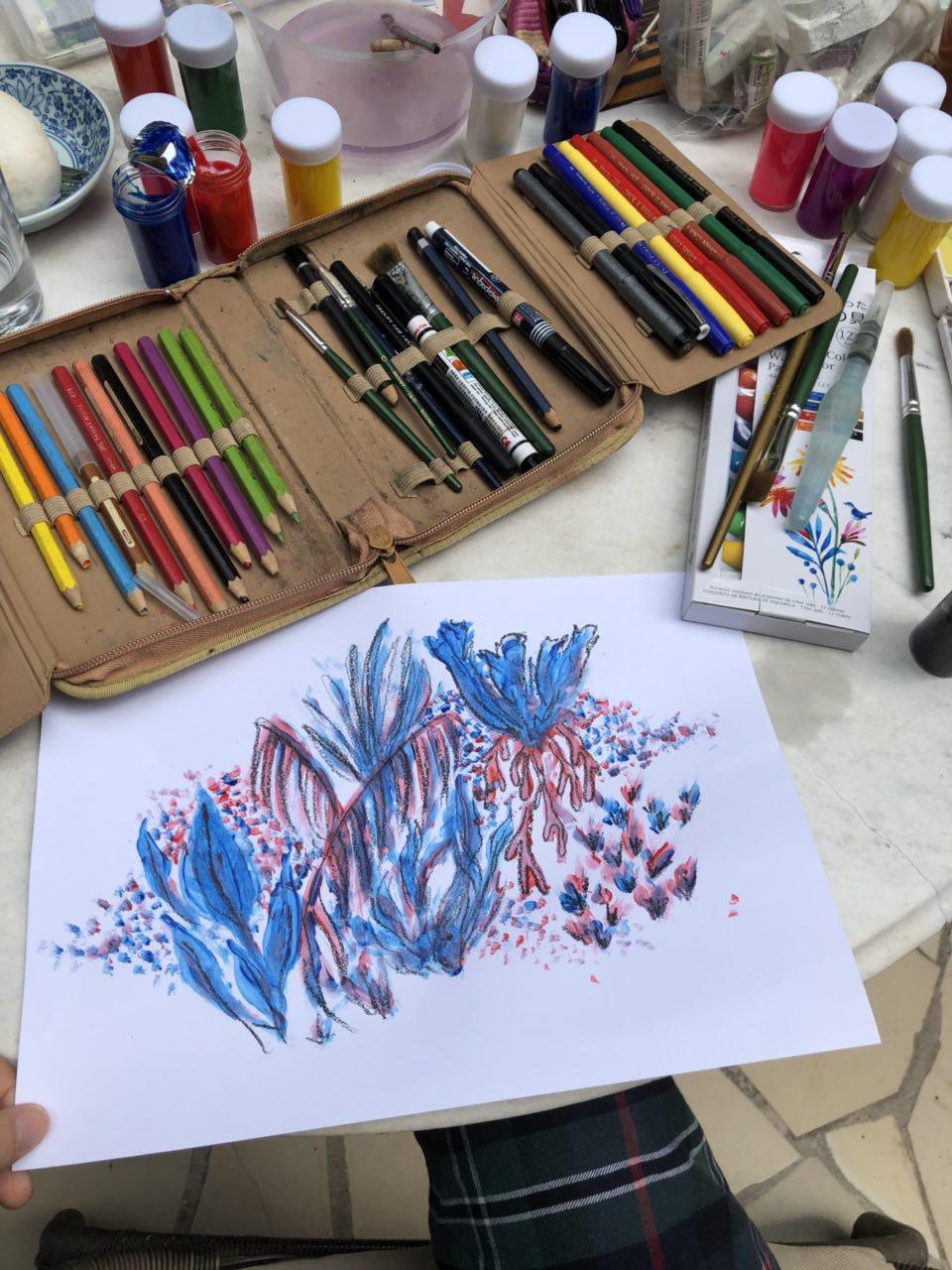
Participation:
We asked Anna to demonstrate what a typical art therapy session looked like with us as participants. She started off with getting us to draw for 5 minutes – anything we wanted. (5 minutes because we were running on a tight deadline but usually it would be longer and would come with warnings of the time running out so that the clients could prepare themselves and not be caught off guard.) She then asked us some questions about what we drew, or how we drew – based on her observations. It allowed her to understand how we felt and what was going through our minds – but also through the process of doing so, she was able to help us understand ourselves.
I think what was interesting is that she tried to make us aware that art therapy was not meant to pin point the exact problems and diagnose clients. But instead, they were meant to encourage the stimulation of the mind – especially useful for clients with dementia – and to engage in works and understanding of our processes that would allow clients to come to terms and understand themselves and their situation better.
Ng Yixian Jo-Ann (A0142014B) – Practitioner 3/3
